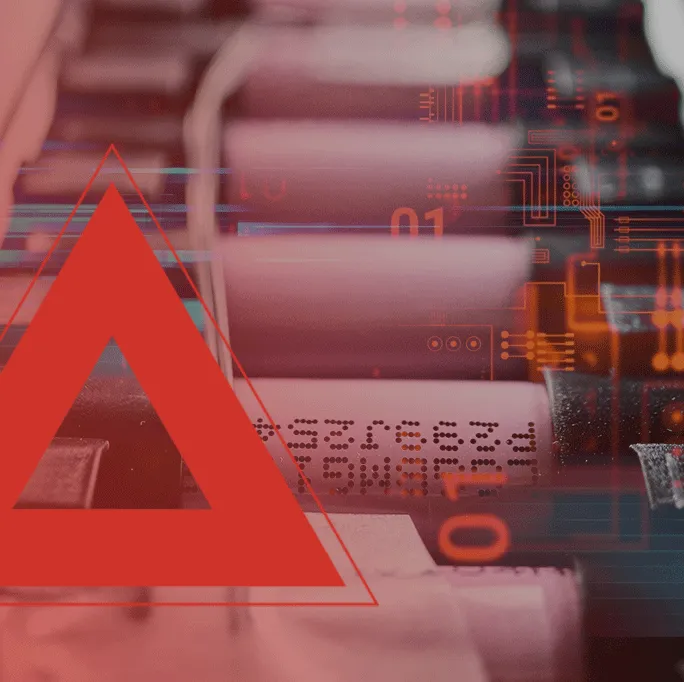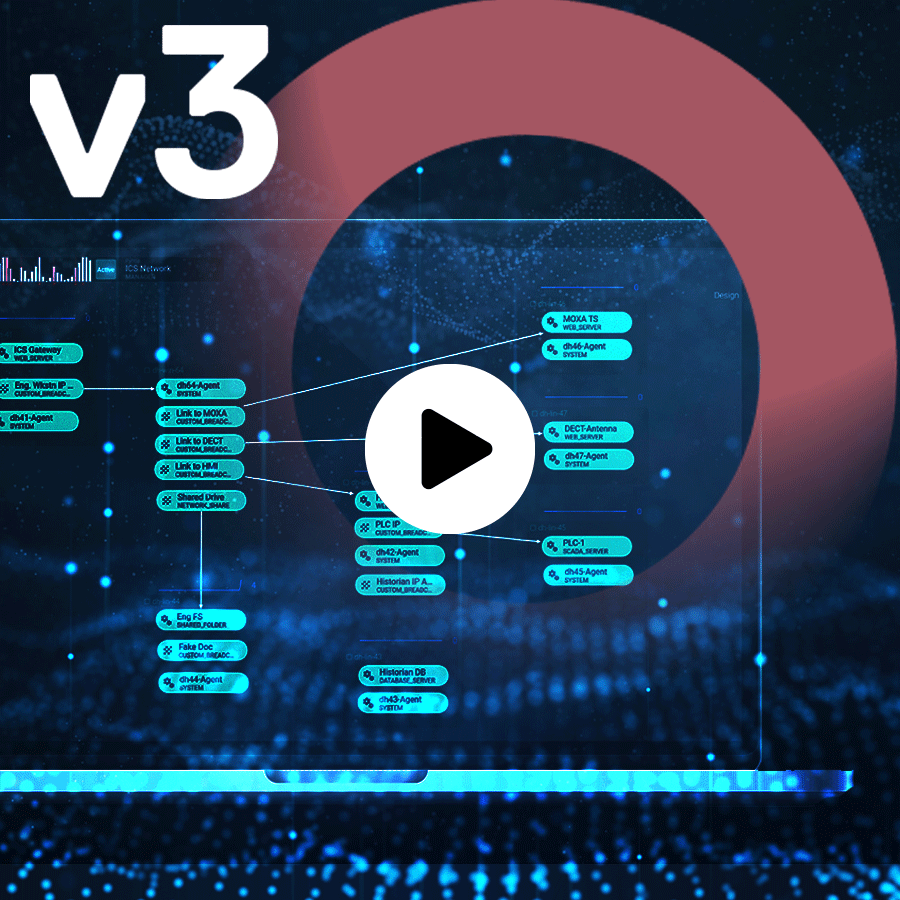
Unveiling the Powerful Fusion of Threat Intelligence and Deception Tactics

The Game-Changing Influence of Digital Twins on Cybersecurity

Unleash Deception-Driven Threat Intelligence for Enhanced Security

Breaches Happen! But Threat Intelligence Powered by Deception Can Reduce Their Impact

7 Questions a CISO Should Ask About Threat Intelligence Powered by Deception

Chinese Cyber Espionage Campaign Exploits FortiOS Vulnerabilities

Detect & Defend: A Step-by-Step Guide to Implementing a Successful Threat Intelligence Strategy

Navigating Today’s Threat Landscape: How Threat Intelligence Powered by Deception Empowers Businesses

How to Integrate Deception-Powered Threat Intelligence with Your Existing Security Controls

9 Top Tips to Improve Incident Response and Remediation

Enhancing Critical Infrastructure Security: The Role of Threat Intelligence

Initial Access Brokers (IAB) are starting to exploit CVE-2024-4577 XAMPP
Top resources
Top videos
Subscribe for updates
Join the legions of industry pros who stay connected with us to gain new perspectives on cybersecurity.







